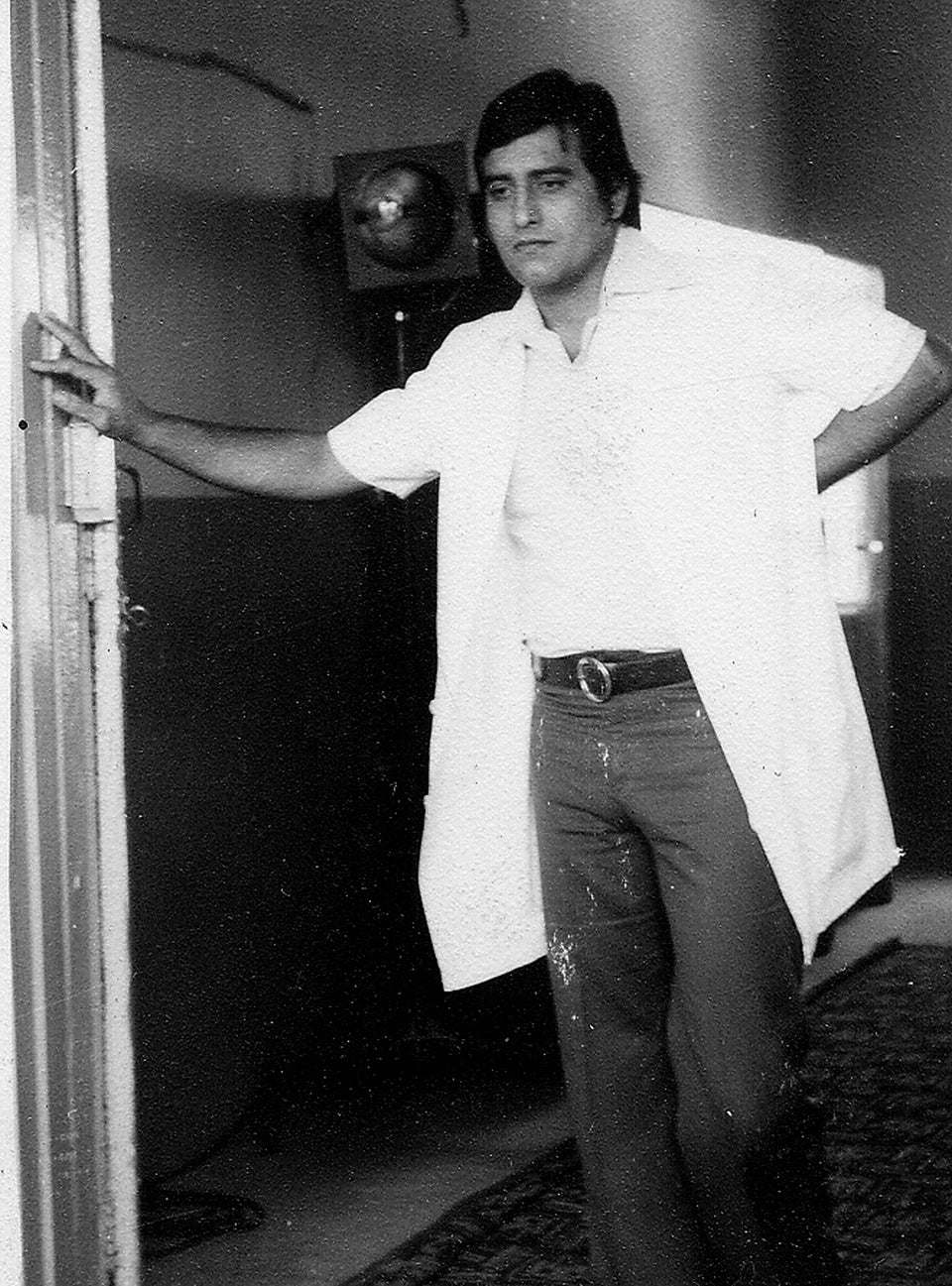
Timely launches of new smartphones and their improved availability in the market has made Xiaomi the second highest selling phone brand in India. The latest report by Counterpoint media indicates that the Chinese phonemaker has a 13 percent market-share in India, going by the number of devices shipped into the country.
The Counterpart report is supported by another report, published by the Canalys research firm, according to which Xiaomi has a 14 percent market share in the Indian phone market. Both reports show Samsung at the top, though with a reduced lead, and Vivo in the third place.

Xiaomi launched the Redmi Note 4 in January this year and the device, priced between ₹9,999 and ₹12,999, has most likely been its biggest seller. The phonemaker sold a million units of Redmi Note 4 within a few days of the launch. The budget Redmi 4A, priced at ₹5,999, was launched later.
Xiaomi is likely to face stiffer competition in the second quarter as Lenovo, currently ranked fourth in sales, has launched Moto G5 and Moto G5 Plus phones in the Indian market. The Moto G series has been very popular with Indian consumers.
Another advantage enjoyed by Lenovo is the easy availability of its devices in the retail market. By contrast, even months after its launch, Redmi Note 4 can only be purchased through pre-orders or flash sales. Xiaomi has set up a second factory in India to tackle the problem of availability.
Meanwhile, phonemaker Vivo has made significant progress, capturing 12 percent of the Indian market. Vivo was just shy of shipping 3 million smartphones in the first quarter of this year. "Its strategy to focus on the highly fragmented 'unorganized' retail market is paying off," Mo Jia, Research Analyst for Canalys, said in the firm's market report. "Its ability to drive sales by investing in marketing campaigns has seen it displace local vendors that once thrived in this space."
Samsung maintains a good grip on the Indian market with different launches, such as those of the C7 and C9 Pro, A5 and A7 (2017), and a couple of launches in the sub-₹10,000 category in the J series.
Both Oppo and Vivo have launched a clutch of 'selfie-centric' phones — a segment that has grown nine fold according to the Counterpoint report. In terms of price, the ₹15,000-₹20,000 segment grew by 158 percent and the ₹10,000-₹15,000 segment grew by 58 percent.

While Indian smartphone makers are still lagging behind their Chinese and other international competitors, Micromax is trying to regain lost ground with a slew of planned product launches. With Nokia's imminent arrival, the Indian market is set to grow more while providing users with plenty of devices to choose from.
